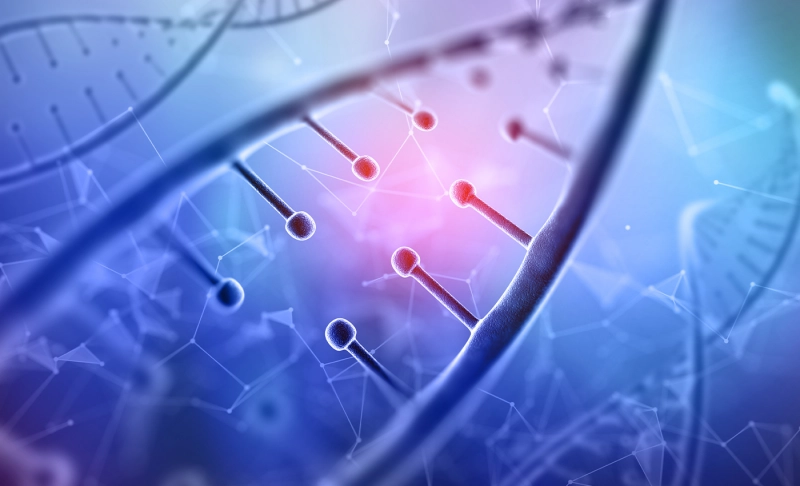By: Ranjini K
September 3 2020

In humans and mammals, males have a single X and a Y chromosome. Y combines with only the X-chromosome, and it has reduced in size over the years.
In humans and mammals, males have a single X and a Y chromosome. Y combines with only the X-chromosome, and it has reduced in size over the years.Professor Jennifer Graves from La Trobe Institute for Molecular Science studied chromosomes, genes, and DNA in distantly related mammals and even birds and reptiles to discover more about the human sex chromosomes.Y-chromosome is much smaller with only 26 genes compared to the X chromosome. It only experiences recombination with the X chromosome at the ends. It is virtually reproduced via cloning from one generation to the next. The Y-chromosome has degenerated rapidly, with two perfectly normal X chromosomes in females but males with an X and a shriveled Y. However, it was not the same about 166 million years ago. The early 'proto-Y' chromosome was originally the same size as the X chromosome and contained all the same genes. The Y chromosome has long been viewed as a 'genetic wasteland' on a trajectory to disappear from the human genome completely. These Y-chromosomes determine male sex traits in humans. It is predicted to disappear in just 5 million years.